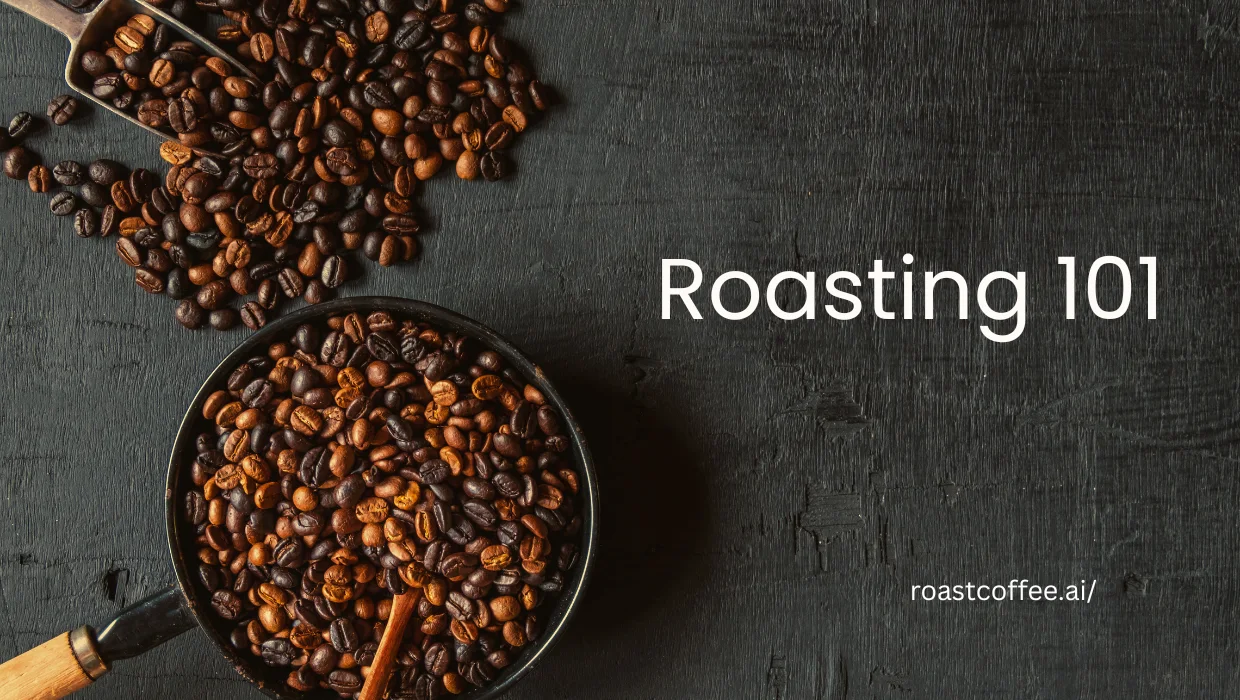If Ethiopia offers elegance, Kenya brings power. Kenya AA beans are prized for their vibrant acidity, full body, and juicy complexity—making them a favorite for both adventurous home roasters and competition-level brewers.
📍 Where It’s Grown
Kenya’s finest coffees are grown on the high-altitude slopes of Mount Kenya and in regions like Nyeri and Kirinyaga. The “AA” grade refers to bean size, not quality—but larger beans often roast more evenly and pack more flavor.
- Region: Nyeri, Kirinyaga, Murang’a
- Altitude: 1,600–2,100m
- Varieties: SL28, SL34, Batian
- Processing: Fully Washed (Double Fermented)
- Drying: Raised beds in the sun
Kenyan processing is unique. After pulping, beans are fermented twice and then soaked in fresh water. This enhances the cup’s clarity and complexity.
☕ What It Tastes Like
- Top Notes: Blackcurrant, tomato, red grapefruit
- Mid Notes: Sweet herbs, cranberry, winey acidity
- Finish: Clean, with a lingering citrus or savory tang
Kenya AA is bold but structured—a “juicy and elegant fruit bomb” when roasted right.
🔥 How to Roast It
For Beginners:
- Start with a light-medium roast.
- Use slightly lower charge temp (355–360°F / 180°C) to slow the roast.
- Pull about 30 seconds after first crack to capture acidity and fruit.
For Advanced Roasters:
- Extend drying and Maillard stages for deeper sweetness.
- Carefully control airflow—too little = muddiness, too much = underdevelopment.
- Consider using RoR dips to smooth out acidity in espresso profiles.
💡 Pro Tip: These beans are dense—don’t rush. A longer roast time (~10–12 mins) helps open up their complex structure.
☕ Brew Recommendations
| Brew Method | What It Highlights | Tips |
|---|---|---|
| V60 | Acidity + clarity | 94°C water, medium-fine grind |
| French Press | Body + richness | Longer steep (~5 mins), coarse grind |
| Espresso | Savory, bold brightness | Keep roast light-medium |
| Aeropress | Juicy + controlled acidity | Inverted, 2-min steep, stir well |
Kenyan coffee makes for stunning espresso shots—bright and layered. But if you prefer sweetness, try it as a pour-over.
👩🌾 The Farmers & Co-ops
Most Kenya AA beans come from smallholder farmers who deliver their cherries to local washing stations called “factories”. These are often part of a cooperative system, ensuring transparency and fair pay.
Many of the beans come from older SL28 and SL34 varieties—bred for drought resistance and complex flavor.
❓ FAQs
Q: Why does my Kenya AA roast taste too sharp?
A: You may have ended the roast too early. Try extending development 20–30 seconds longer past first crack.
Q: Why is there too much “tomato” flavor?
A: That’s natural in Kenya AA—but you can balance it by increasing sweetness with a longer Maillard stage.
Q: Can I roast it darker?
A: You can—but darker roasts may lose Kenya’s signature acidity. Try a medium roast for best balance.


